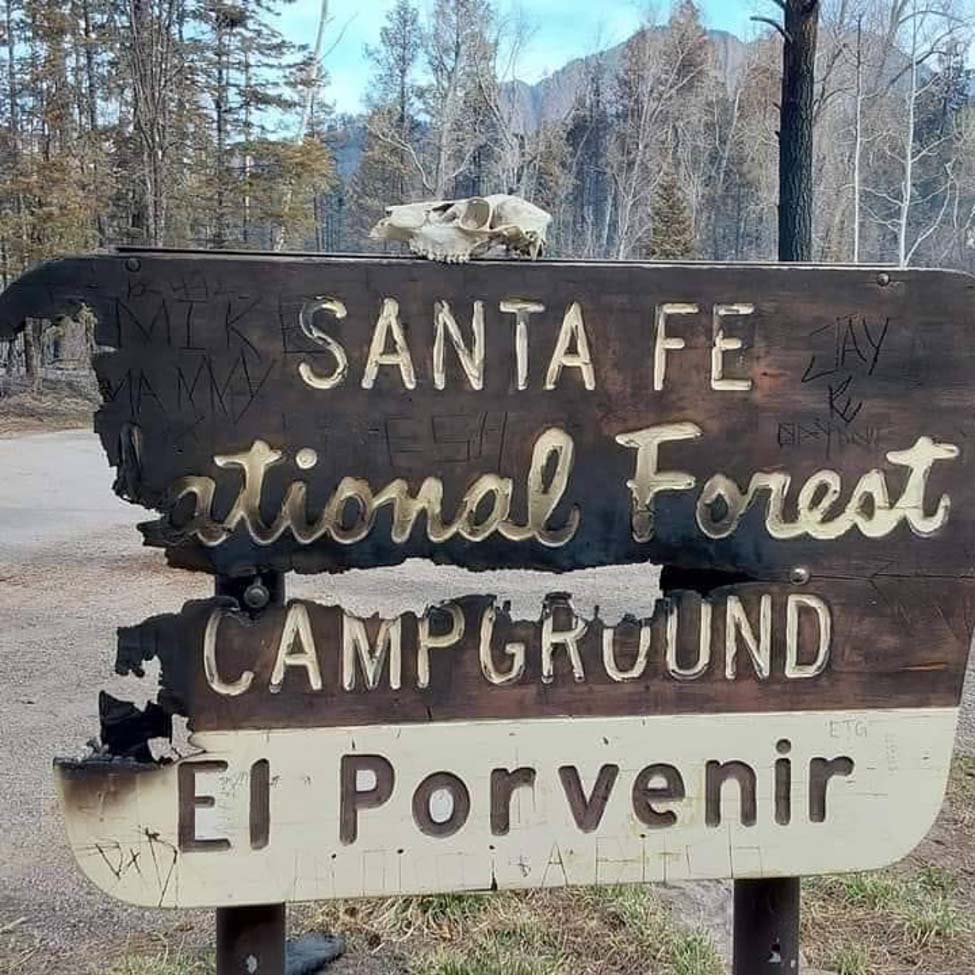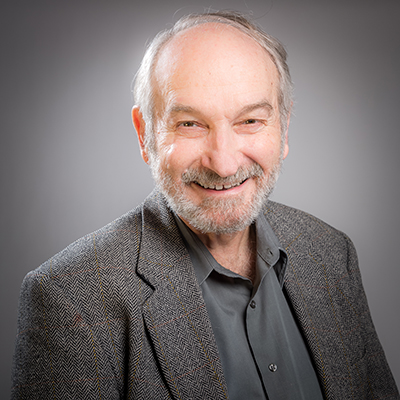 Within a moment’s notice, they knew it was their responsibility to act.
Within a moment’s notice, they knew it was their responsibility to act.
Now, in the thick of it, some Health Extension Regional Officers (HEROs) from The University of New Mexico Office for Community Health (OCH) are on the front lines, helping people afflicted from the Hermit’s Peak-Calf Canyon wildfire that is burning through the southern reaches of the Sangre de Cristo range.
Many people living in rural communities near Las Vegas, N.M., have been displaced from their homes and are having to stay at evacuation sites.
“Just to see what’s happening here – the tragedy of the fires, and people being evacuated and not knowing what to do next – it’s been one tragedy after another,” said Raymond Sanchez, who has been volunteering at the Memorial Middle School evacuation site in Las Vegas. “All of these things that are happening in my community, I’m at a loss for words.”
Sanchez is a part-time affiliate Health Extension Regional Officer (HERO) who grew up and resides in the town of about 13,000. He said he started working with HEROs – which aim to link UNM Health Sciences Center programs and resources to rural and underserved communities – because it’s a way he can help his community and the surrounding regions, including San Miguel, Mora and Quay counties.
“I’m a HERO for those counties and provide connections to people and let them know how to access what kind of services and where,” he said.
Arthur Kaufman, MD, vice president for Community Health, conceived of the HEROs program about 14 years ago, modeled on agricultural cooperative extension services and translated to the health care sector. There are full- and part-time HEROs in regions around the state.
“The HEROs have always had a special place in my heart. Some of our HEROs right now are up to their eyeballs dealing with these fires,” Kaufman said. “They are just doing the work. And they’re boots on the ground. They tell us what’s needed and what’s happening, and we help them in whatever way we can.”
Juliana Anastasoff, a HERO based in the village of Chamisal in southern Taos County, said the immediate help HEROs were able to offer evacuees was only possible because of their deep familiarity with local communities.
We are able to mobilize rapidly, and we don’t have to ask questions about where or who or start with introductions. This was an investment in the state to be able to know what’s happening on the ground to provide guidance, and to show up and help on behalf of the Health Sciences Center.
“We are able to mobilize rapidly, and we don’t have to ask questions about where or who, or start with introductions,” she said. “This was an investment in the state to move some level of resource into the regional corners, and be able to know what’s happening on the ground to provide guidance and to show up and help on behalf of the Health Sciences Center.”
Anastasoff – who has been helping at the evacuation site at Peñasco High School – added that volunteers from the community came out in droves almost immediately after the fires started threatening the area.
“I showed up to a site that was just opening and immediately started identifying health-related needs of the folks that were coming in and I started taking care of them,” she said, adding that many of the evacuees were elderly and dependent on prescription medication.”
“If someone showed up without meds, or needed prescriptions transferred, I coordinated a lot of that communication,” she said. “I was just trying to identify medical or health-related gaps, and as I learned about their needs and conditions, I continued to show up and check on them.”
Sanchez played a similar role at the Las Vegas shelter.
“They asked us to organize all of the donations in the gym,” he said. “We pulled out things from donated boxes and put canned goods where canned goods went and put clothes donations where all of the clothes were supposed to be – that sort of thing.”
Because Mora Valley Community Health Services is unable to serve due to the evacuation of the village of Mora, El Centro Family Health, a Federally Qualified Health Center, stepped up their efforts in providing access to health and behavioral health care, he said.
“Patients can get served regardless of their ability to pay,” he said. “Now people can have access to health care. They are providing nurses on-site, behavioral health services and linkage to prescribers.”
Anastasoff said her concerns now include watching the fire growth and preparing for a potential evacuation from Peñasco High School if the wildfires get closer. But, for now, they are managing those changing dynamics.
“The fire is moving north and west toward me and, as of yesterday evening, the next few communities that are on the other side of the Taos County line are being put on alert and may have to evacuate next,” she said. “But we are keeping eyes on folks we know need extra support and continuing check-ins.”

